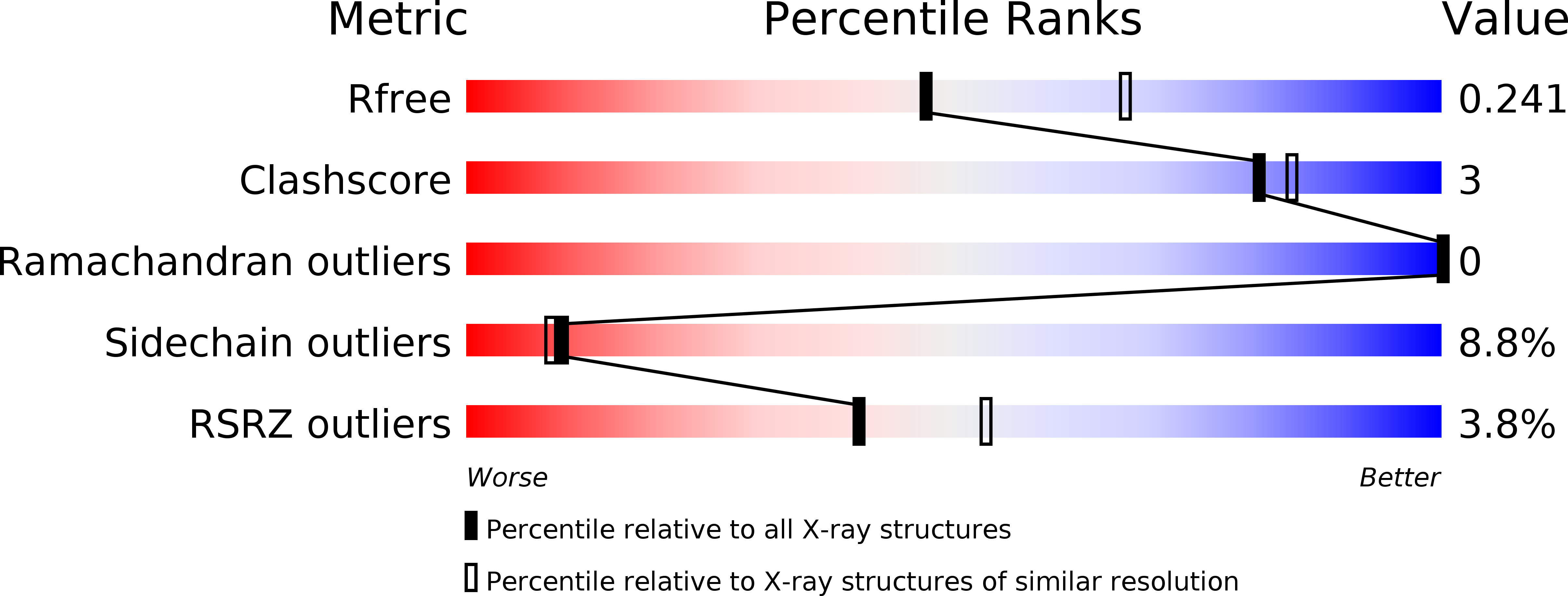
Deposition Date
2009-04-21
Release Date
2009-06-09
Last Version Date
2023-12-13
Entry Detail
PDB ID:
2WGM
Keywords:
Title:
Complete ion-coordination structure in the rotor ring of Na-dependent F-ATP synthase
Biological Source:
Source Organism:
ILYOBACTER TARTARICUS (Taxon ID: 167644)
Method Details:
Experimental Method:
Resolution:
2.35 Å
R-Value Free:
0.24
R-Value Work:
0.22
R-Value Observed:
0.22
Space Group:
P 1 21 1


